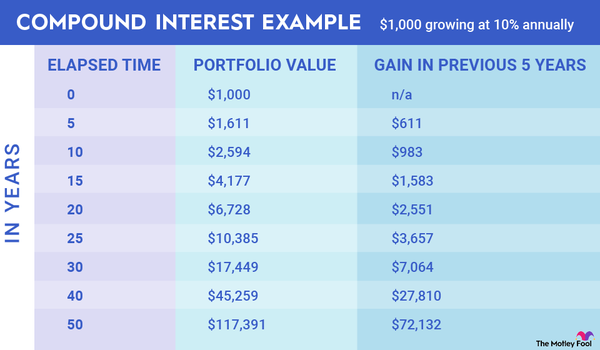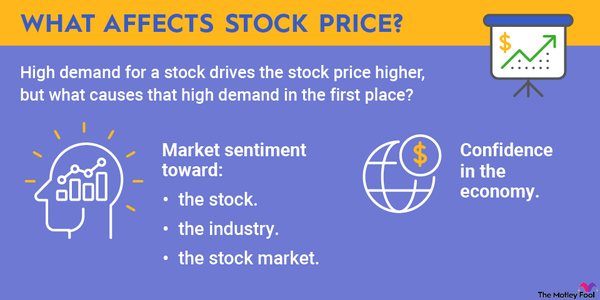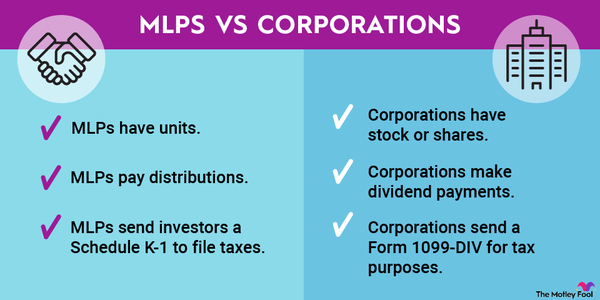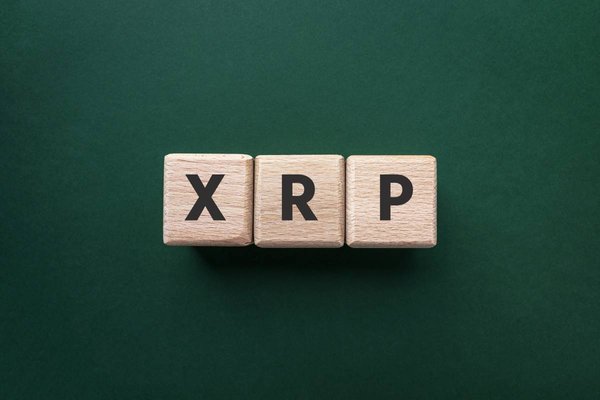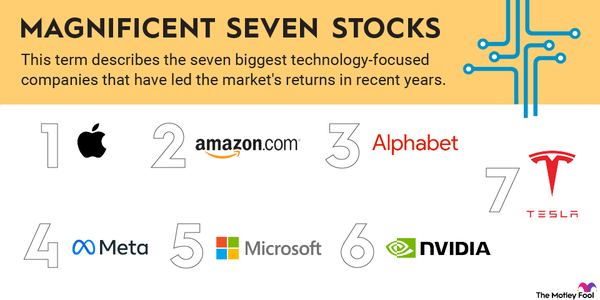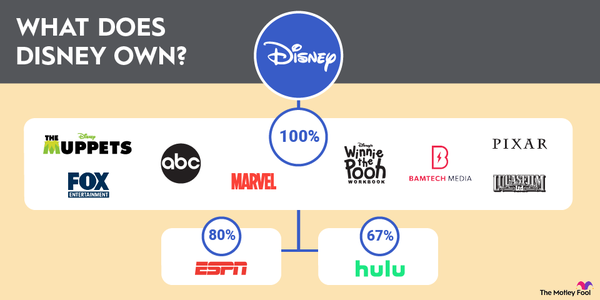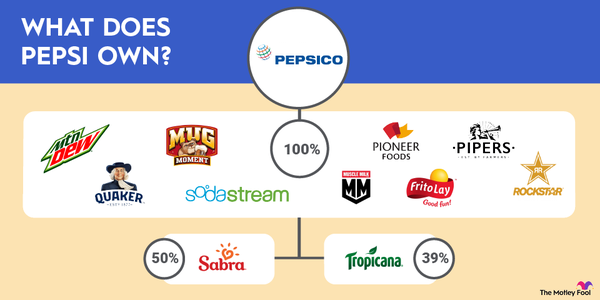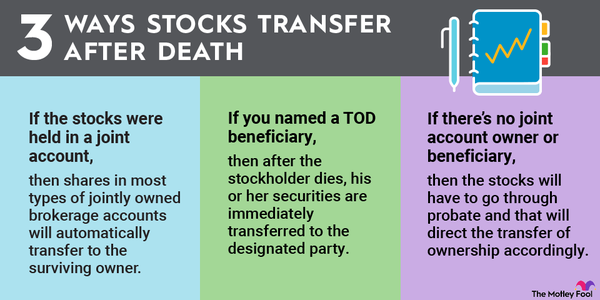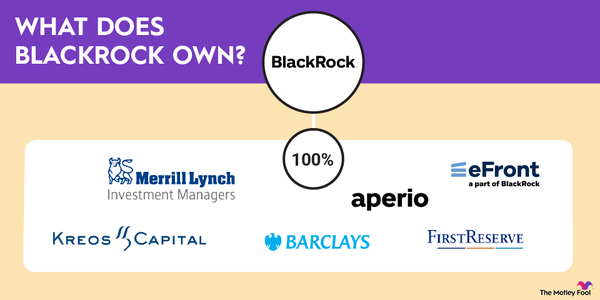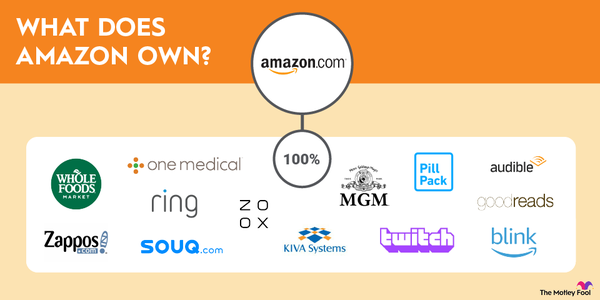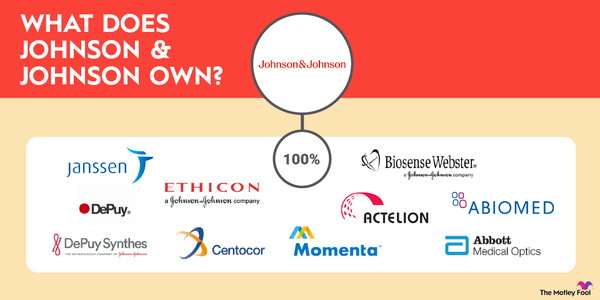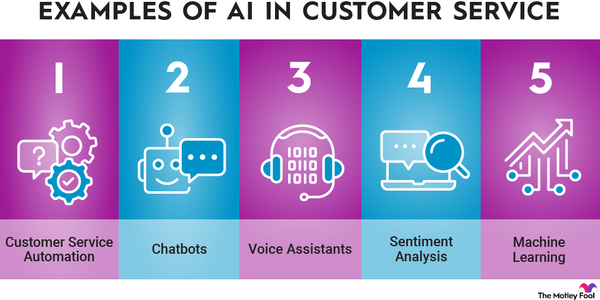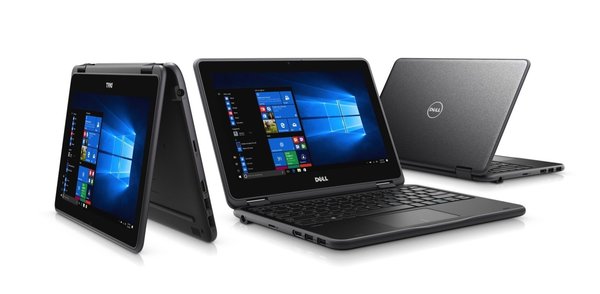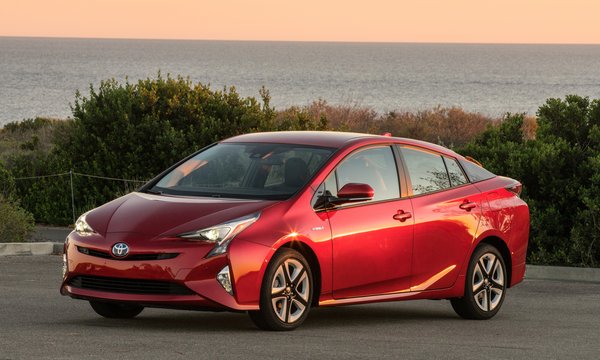Snowflake (SNOW -0.42%) is a data warehouse company. Its technology allows customers to store and analyze massive amounts of data through a single global platform, the Data Cloud. That makes it easier for users to analyze data and run reports because they're not pulling that data from several sources.
The company sees an enormous and growing opportunity to help more companies manage their data in the cloud. It estimates that the total addressable market for its products will more than double from $140 billion in 2022 to $290 billion by 2027. Several factors drive that view, including the explosive growth in data usage for artificial intelligence (AI) applications.
Snowflake is just scratching the surface of its potential. The company projects that its product revenue will grow from less than $2 billion in its 2023 fiscal year to about $10 billion by its 2029 fiscal year, helping to drive robust profit growth.
Stock
Snowflake's growth potential has many people interested in learning how to invest in its stock. Here's a step-by-step guide on investing in the technology stock and some factors to consider before adding it to your portfolio.
How to buy
How to buy Snowflake stock
It's relatively simple to buy shares of Snowflake. Here's a step-by-step guide on how to add the database company to your portfolio.
1. Open a brokerage account
You'll need to open and fund a brokerage account before buying shares of any company. If you don't have one yet, here are some of the best-rated brokers and trading platforms. Take your time to research the brokers to find the best one for you.
2. Figure out your budget
Before making your first trade, you'll need to determine a budget for how much money you want to invest. You'll then want to figure out how to allocate that money. The Motley Fool's investing philosophy recommends building a diversified portfolio of 25 or more stocks you plan to hold for at least five years. You don't have to get there all at once. For example, if you have $1,000 available to start investing, you might want to begin by allocating that money equally across at least 10 stocks and then grow from there.
3. Do your research
It's essential to thoroughly research a company before buying its shares. You should learn about how it makes money, its competitors, its balance sheet, and other factors to make sure you have a solid grasp on whether the company can grow value for its shareholders over the long term. Continue reading to learn more about some crucial factors to consider before investing in Snowflake stock.
4. Place an order
Once you've opened and funded a brokerage account, set your investing budget, and researched the stock, it's time to buy shares. The process is relatively straightforward. Go to your brokerage account's order page and fill out all the relevant information, including:
- The number of shares you want to buy or the amount you want to invest to purchase fractional shares.
- The stock ticker (SNOW for Snowflake).
- Whether you want to place a limit order or a market order. The Motley Fool recommends using a market order since it guarantees you buy shares immediately at the market price.
Here's a screenshot of an order page from the five-star rated Fidelity Investment's trading platform:
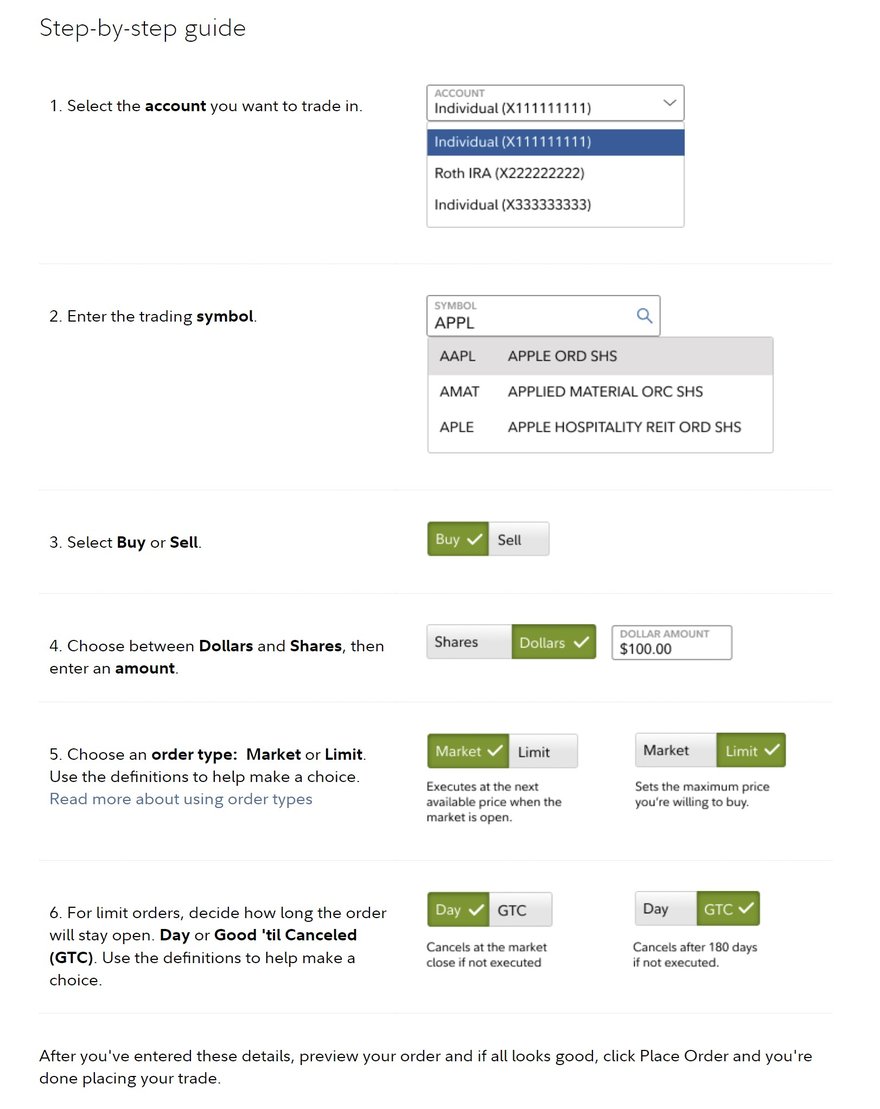
Once you complete the order page, click to submit your trade and become a Snowflake shareholder.
Should you invest?
Should I invest in Snowflake?
Research is an important part of investing that you shouldn't skimp on or skip. Ideally, the process will increase your conviction that a stock is a compelling investment. However, you might uncover something in your research that changes your mind about buying shares.
To help you on your research journey, here are some reasons why you might want to invest in Snowflake:
- You think Snowflake can capitalize on the massive and growing data market.
- You believe Snowflake stock can significantly outperform the S&P 500 over the next three to five years.
- Adding Snowflake would help make your portfolio more diversified.
- You believe AI will become a major growth catalyst for Snowflake.
- You're confident Snowflake can achieve its ambitious long-term growth forecast.
- You're comfortable with Snowflake's lofty valuation (22 times sales and 90 times free cash flow in late 2023) and believe the company will grow into it over time.
- You like to invest in companies with a pristine balance sheet (Snowflake had nearly $3.8 billion in cash and short-term investments and no debt in late 2023).
- You don't need dividend income right now.
On the other hand, here are some factors that might change your mind about investing in the cloud data company:
- You're not sure what Snowflake does or how it makes money.
- You think AI is just another in the long line of recent tech fads.
- You're not convinced that Snowflake can deliver on its lofty growth forecast.
- You're looking for cheap tech stocks, which certainly doesn't describe Snowflake.
- You already own several tech stocks in your portfolio.
- You're in or nearing retirement and need investments that generate income.
Profitability
Is Snowflake profitable?
Digging into the data and analyzing a company's profitability is a crucial part of an investor's research process. Companies need to eventually become profitable to stay in business. Meanwhile, profit growth tends to be the primary driver of a stock's performance over the longer term.
Snowflake wasn't yet profitable on a generally accepted accounting principles (GAAP) basis as of late 2023. It reported a GAAP net loss of $842.3 million in its 2023 fiscal year (on $2.1 billion of revenue). Meanwhile, it continued to post GAAP net losses through the first half of its 2024 fiscal year ($588.7 million through the first half on $1.2 billion in revenue).
However, the company was profitable on a non-GAAP basis. It reported $96.3 million of non-GAAP net income in its 2023 fiscal year and $86.8 million through the first half of its 2024 fiscal year. In addition, the company was free cash flow positive. It produced $88.2 million of adjusted free cash flow during the second quarter of its 2024 fiscal year, a 50% increase from the prior year.
Snowflake's long-term goal is to grow its annual product revenue to $10 billion by its 2029 fiscal year (up from a projection of $2.6 billion in fiscal year 2024). The company also expects to increase its non-GAAP operating margin from 5% to 25% while expanding its adjusted free cash flow margin from 26% to 30%. This goal suggests the company should become increasingly profitable in the future as it continues to scale its business.
Dividends
Does Snowflake pay a dividend?
Snowflake hasn't made dividend payments as of late 2023. Since Snowflake isn't yet profitable, it likely won't initiate a dividend soon. Although the company generates positive free cash flow, it uses those funds to maintain a strong balance sheet and opportunistically repurchase shares.
ETF options
ETFs with exposure to Snowflake
Some investors might prefer to make truly passive investments instead of directly owning stocks they must actively monitor. Buying an exchange-traded fund (ETF) is an easy way to gain passive exposure to a company like Snowflake without actively owning the stock.
Exchange-Traded Fund (ETF)
According to ETF.com, 161 ETFs held 12 million shares of Snowflake in late 2023. The Vanguard Total Stock Market ETF (VTI 0.19%) was the largest holder at 2 million shares. However, as a total stock market ETF, it had a tiny allocation to the data cloud company at 0.1% of its assets.
Investors seeking ETFs with greater allocations to Snowflake have some alternative options, including:
- Spear Alpha ETF (NYSEMKT:SPRX): This actively managed ETF focuses on companies benefiting from breakthrough technology trends, including AI, automation and robotics, and digitalization. Snowflake was the fund's seventh-largest holding in late 2023 at 6.8% of its assets. The fund had a 0.75% ETF expense ratio.
- TrueShares Technology, AI & Deep Learning ETF (LRNZ 0.54%): This ETF aims to provide investors with thematic exposure to companies applying AI in their businesses. Snowflake was the fund's fourth-largest holding at 6.1% of its net assets in late 2023. The ETF had a 0.69% expense ratio.
Related investing topics
Stock splits
Will Snowflake stock split?
Snowflake didn't have an upcoming stock split on the calendar as of late 2023. The company has not completed a stock split since its initial public offering (IPO) in September 2020. Shares of Snowflake initially caught fire following its IPO at $120 a share, surging to more than $400 a share by late 2021. However, it's cooled off considerably since then and was in the $160s in late 2023. The stock would have to heat back up and eclipse its prior peak before Snowflake would likely consider splitting its stock.
The bottom line on Snowflake
Snowflake's Data Cloud platform helps customers manage their data in the cloud. That's becoming increasingly important in our digital world, which relies on more data to run applications like AI. The company believes it has a massive growth runway as more companies use its platform to manage their data. That should enable it to continue growing its revenue briskly and become very profitable over the coming years. This growth could help increase value for shareholders over the long run.
FAQs
Investing in Snowflake FAQs
Is it good to invest in Snowflake?
Snowflake has a lot of good investment characteristics. It's growing fast and has a massive growth runway. While it's not profitable on a GAAP basis, it's generating positive free cash flow. It also has a pristine balance sheet. These factors set its business up to thrive in the coming years.
However, investors must pay a hefty price for this premium business at more than 20 times sales and 90 times free cash flow. Although the company could grow into that valuation, it must continue growing briskly to justify the price. That makes it a higher-risk investment opportunity with lots of reward potential.
Does Warren Buffett still own Snowflake stock?
As of late 2023, Warren Buffett's company, Berkshire Hathaway (NYSE: BRK.A)(NYSE: BRK.B), still owned shares of Snowflake. His company initially bought $250 million in shares in a private placement at the IPO price of $120 a share. It also bought 4 million shares from Snowflake's former IPO. In late 2023, Buffett's company owned almost 6.2 million shares (1.9% of Snowflake's outstanding shares) worth more than $1 billion (about 0.3% of Berkshire's investment portfolio).
Is Snowflake on the Nasdaq?
Snowflake does not trade on the Nasdaq. The data cloud company trades on the New York Stock Exchange (NYSE) under the stock ticker SNOW.
Is Snowflake publicly traded?
Snowflake is a publicly traded company. The technology company priced its IPO on Sept. 15, 2020, at $120 per share. It trades on the New York Stock Exchange (NYSE) under the stock ticker SNOW.
Matt DiLallo has positions in Snowflake. The Motley Fool has positions in and recommends Snowflake and Vanguard Index Funds - Vanguard Total Stock Market ETF. The Motley Fool has a disclosure policy.












